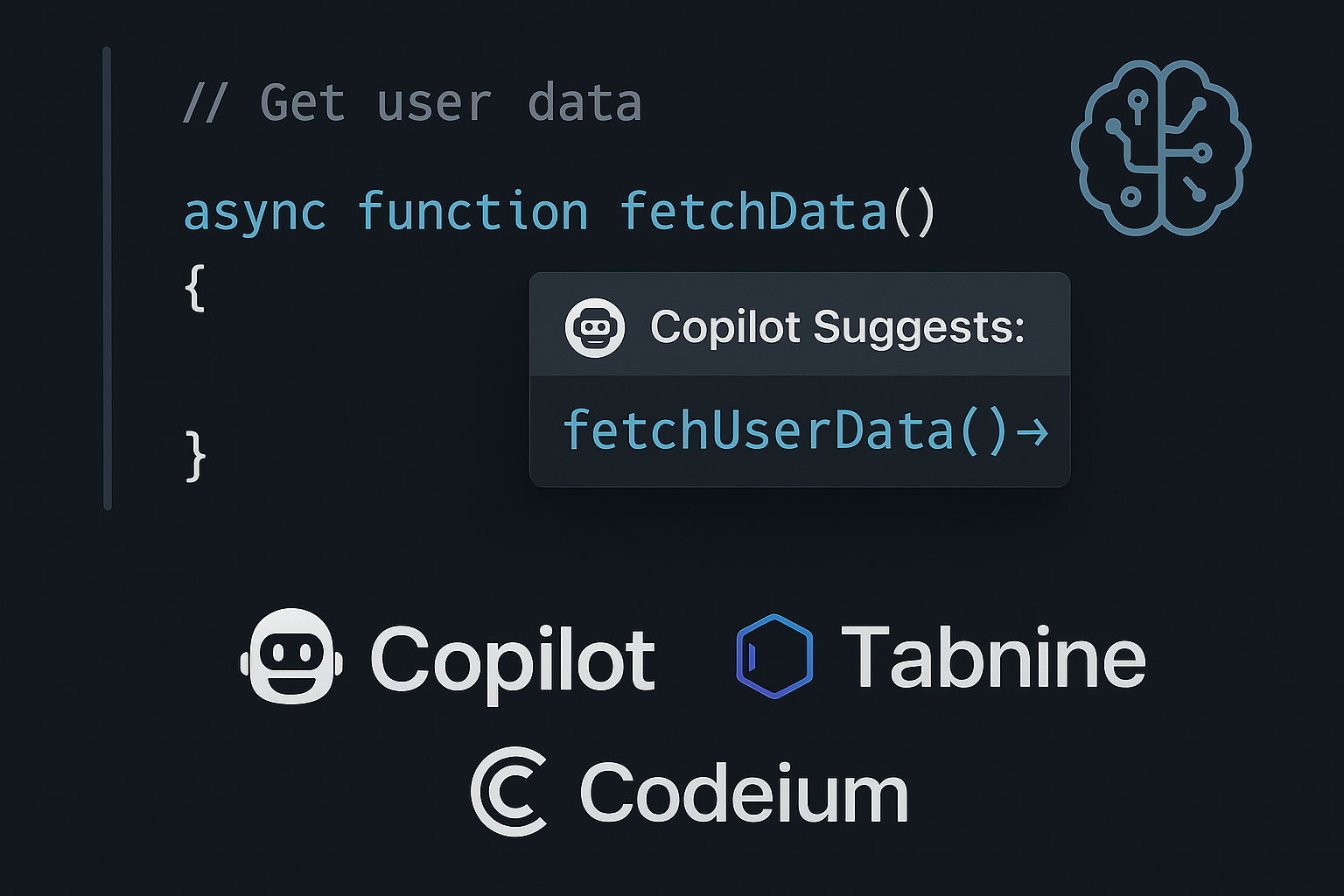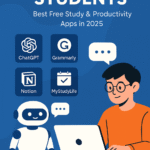
Written by: Sandeep Jadhav | Reviewed by: Pulsewire Editorial Team
Introduction
AI-powered code assistants have gone from niche experiments to essential companions in software development. The search interest in “AI code assistant” has surged dramatically in the past five years (Exploding Topics).
In this guide, we’ll explore the top AI coding tools in 2025, compare GitHub Copilot, Tabnine, and Codeium, examine their benefits and risks, and share practical tips for developers who want to use them effectively.
🚀 Top AI Code Assistants of 2025: A Deep Dive
🧠 GitHub Copilot
- Developed by GitHub and OpenAI
- Deep integration with Visual Studio Code
- Strong contextual suggestions
- Supports Python, JavaScript, Go, and more
- Paid version with business features
⚙️ Tabnine
- Offers local & cloud-based options
- Trains on permissive open-source code
- Privacy-focused for enterprise devs
- Strong autocomplete for repetitive tasks
🧩 Codeium
- Free for individuals, supports 70+ languages
- Lightweight and fast
- Strong autocomplete + doc lookup
- Gaining popularity in educational circles
✅ Key Benefits of Using AI Code Assistants
- Faster development: Speed up boilerplate and repetitive coding
- Better accuracy: Catch syntax errors early
- Reduced merge conflicts: Unified coding patterns among teams
- Onboarding help: Great for junior developers to learn best practices
- Focus on logic: Offload routine tasks to focus on core functionality
⚠️ Risks & Challenges of AI Code Generation
- Hallucinated code: Incorrect suggestions that look syntactically right
- Over-reliance: May weaken critical thinking for junior devs
- Privacy risks: Company code might be leaked if not using on-prem tools
- Licensing concerns: Mixed dataset training may include copyrighted code
Source: arXiv Research on Code LLMs
🧠 How AI is Reshaping the Developer Industry
- AI tools are changing hiring expectations—developers now need to know how to prompt tools effectively.
- Teams are becoming leaner and faster, requiring less boilerplate work.
- There’s a shift from manual coding to review-based workflows.
🔧 Practical Tips for Using AI Assistants Smartly
- Always review generated code manually before pushing to production
- Combine tools (e.g., Tabnine for autocomplete + Copilot for generation)
- Use AI for prototyping, not production logic
- Prefer tools with enterprise security controls if working on sensitive code
📌 Conclusion
AI code assistants in 2025 are powerful, but not perfect. While they enhance productivity, reduce friction, and support creativity—they also introduce risks if blindly trusted.
Developers need to adapt by learning how to guide these tools and verify outputs. In the evolving tech landscape, those who master AI-assisted workflows will lead the future.
🔗 Sources & References
- GitHub Copilot
- Tabnine Official
- Codeium
- Exploding Topics: AI Code Assistant
- arXiv – Large Language Models for Code
🔗 You might also like…

Sandeep Jadhav is a self-taught sustainability writer and the founder of Pulsewire.in. He shares insights on upcycled product manufacturing, green entrepreneurship, and eco-friendly business models. Though not formally certified, his work is backed by deep research and a strong passion for promoting climate-positive innovation.









